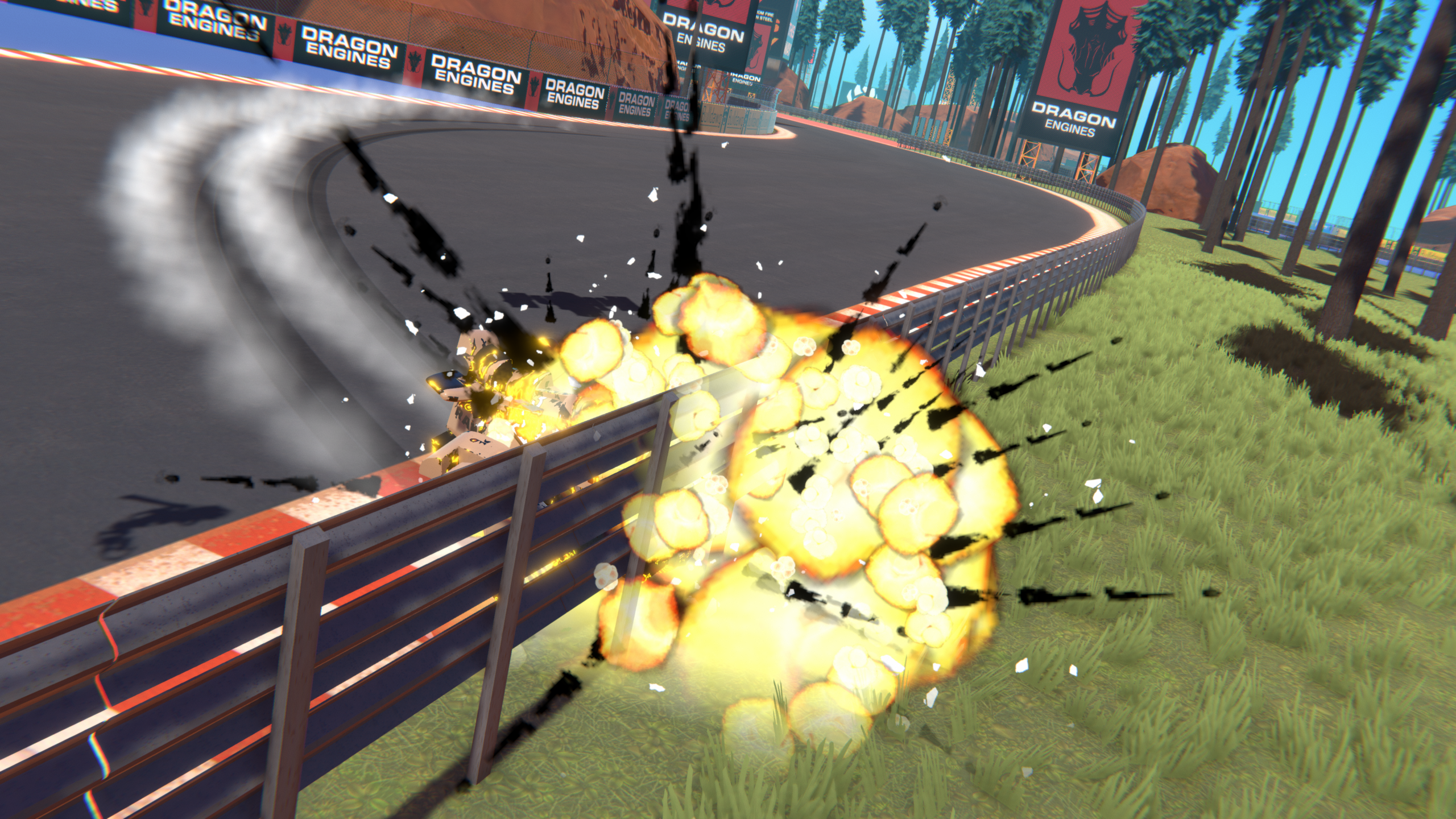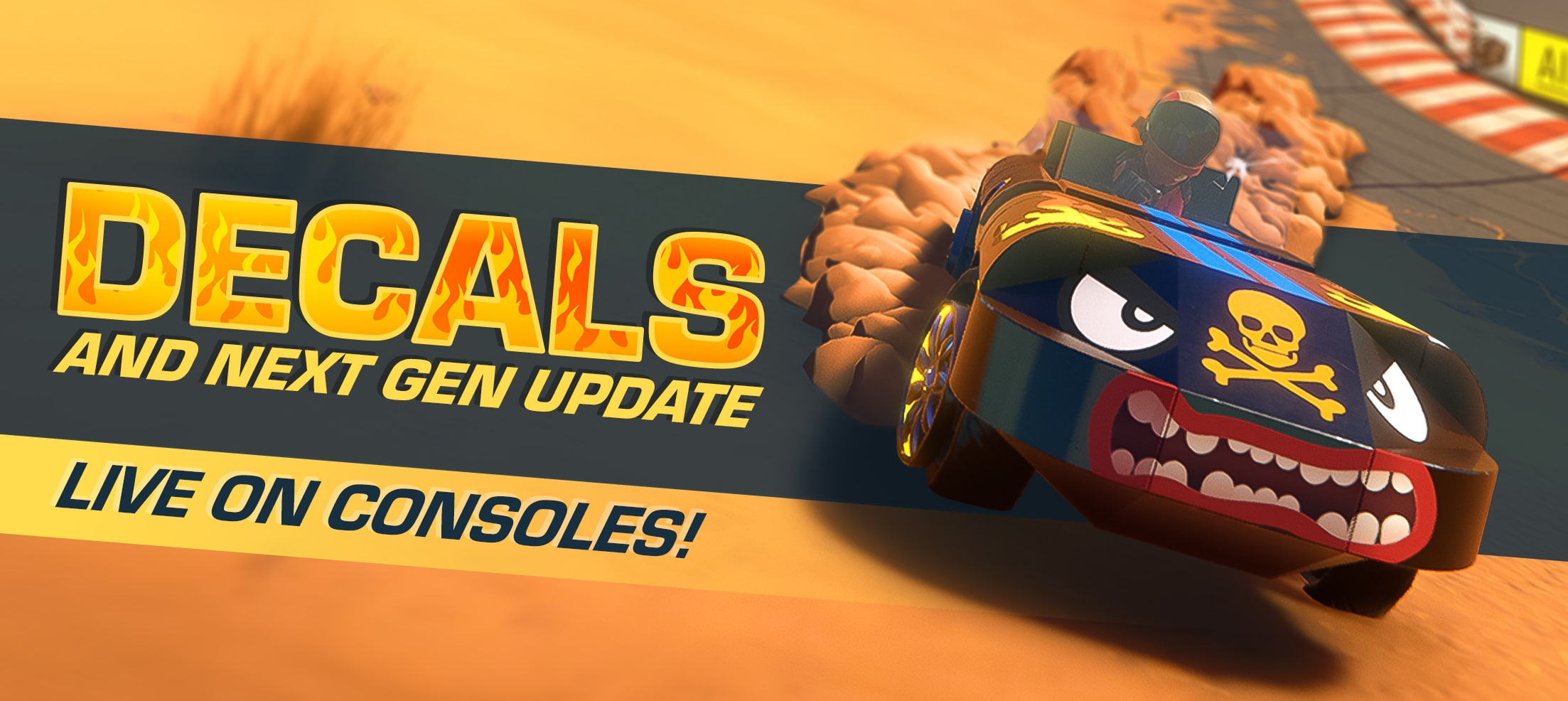
Balancing freedom and focus: How game design guides the player through an open world
Note: This article originally appeared in Danish on Version2.dk, and was written by Christian Laumark. It can be read in the original Danish here. Translation provided by Mikkel Zangenberg.
With Flashbulb Games’ own open world game “Trailmakers” as a starting point, game designer Christian Laumark explains how to guide players in the right direction without taking away their agency.
In open world games the basic challenge for a game designer is this: How do we guide the player so they get the best experience possible, without taking away from the player the agency – the feeling of freedom to play however they may want.
In our own game, Trailmakers, this challenge is two-fold: We not only have to provide the experience of traversing a large, open world but also make it a game where the players’ own creativity is the key to the gameplay experience.
In Trailmakers you can build planes, ships, cars and all sorts of vehicles that defy categorization, by using the building system in the game. The player builds with Lego-like blocks, that allow you to quickly put together a small car. Your vehicle lets you traverse an expansive world, where you have to collect new building blocks (known as “salvage”). Everything about traversal in the game world is based on physics simulations. That means that it’s imperative to consider how your vehicle is built. If you forget to put a spoiler on your racecar, it’ll fly off the track. If you place wings on a rotor, you’ve got a helicopter. All of this makes Trailmakers a difficult game to master, but also provides the player with immense freedom in how to approach the challenges within, and great depth to the gameplay.
Thus, the task as a game designer for Trailmakers is to reduce player agency in a way that means they won’t initially be overwhelmed by the complexity of the building system, without compromising the sense of freedom and creativity.
It starts with a limited amount of blocks
To control the player’s initial foray into Trailmakers – without closing off large parts of the world – we’ve chosen to limit the amount of blocks players have at their disposal to start with.
This limited selection of blocks gradually turns into an immense amount of possibilities as you find and hand in salvage. This way, we ensure that the players start out building vehicles that are easy to assemble and to control, and gradually work their way up to building ships and planes that are significantly more complex.
It is equivalent to having a simple Lego kit that can create exactly one thing, instead of having a giant pile of Lego blocks from ten different kits. That way, the building challenge increases incrementally, as you add a block at a time to your collection.
This is a way to take away a lot of freedom from the player, but for a good cause.It makes the object of the game much simpler at first, and gives the player a sense of progression over time. This way, we achieve our goal of guiding the player without compromising on the idea of an open world. In principle, everything is open to the player from the beginning, but the limitation of building blocks available at first provides a natural boundary.
The progression then follows the difficulty level in how challenging the salvage is to find (and how challenging the blocks are to unlock) with the players’ ability to build different and specific vehicles. The player starts on a deserted island, where they can find all the blocks needed to build a boat. With this boat, the player can reach other islands, and in the process find the blocks needed to build a submarine. In the watery depths, the player then finds the blocks needed to fly.
As you collect blocks and the world opens up, the difficulty level in unlocking new blocks rises. In this way we have difficulty, complexity and possibility all expand, and we can guide the player without ruining the experience of an open world.







